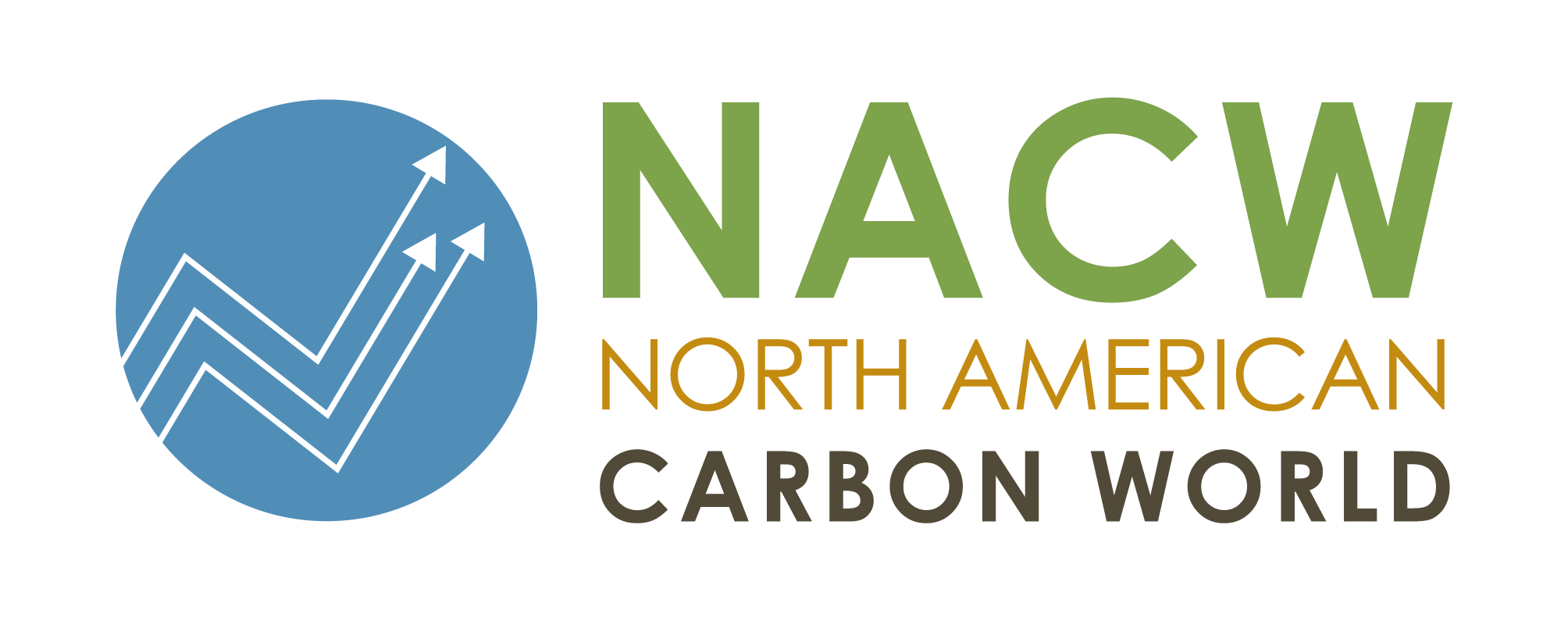Climate Action Offsetter: The University of Phoenix
written by the University of Phoenix
With about 700,000 alumni, more than 300,000 students and tens of thousands of employees and instructors, University of Phoenix has a large and vibrant community. Members of this global community proudly call themselves “Phoenixes.” And there are many reasons to take pride in being a Phoenix. Since our founding in 1976, we have become one of the largest higher education providers in North America, and we’ve made the dream of attaining higher education degrees possible for hundreds of thousands of working adults. For me, however, one of the most gratifying aspects of being a Phoenix lies in our commitment to clean energy and our work to support healthy and sustainable communities where our employees and students live.
As an institution, our motto is “Let’s Get to Work”, and this way of thinking is wholly manifested in our attempts to lower our carbon footprint by reducing greenhouse gas emissions. Additionally, we have put programs in place to prevent pollution, minimize waste, and conserve energy and natural resources. We believe vigilance today will go a long way toward preserving the environment for future generations.
One of the most important ways the University of Phoenix is working towards a cleaner future is through the purchase of Renewable Energy Credits (RECs). These are created every time a megawatt-hour (MWh) of clean energy is generated and added to the power grid. Once the electricity goes into the grid, the environmental attributes are bundled and sold. The University of Phoenix has used green e-certified RECs to contribute to wind projects in Texas and throughout the Midwest. This wind energy ultimately helps reduce fossil fuel-based energy.
We feel it is also very important to offset our carbon emissions that occur through the use of natural gas, on-site generators and emissions from transportation. We have set goals to reduce these emissions and then purchased carbon offsets to further reduce this impact. Carbon offsets are important because although we know they don’t remove our emissions, we believe they provide a positive net impact to the environment and climate, and promote innovative projects that help reduce the total amount of carbon in our atmosphere.
In addition to our investments in RECs and carbon offsets, the University of Phoenix furthers our sustainability goals with the implementation of comprehensive environmental policies and business practices. For example, through our many channels of communication we encourage and educate employees on environmental actions they can take at home, at work, and in the community. In the community, we support environmental education through a variety of non-profit partners, including the National Park Foundation, Cleantech Open and Green For All. You can learn all about our partnerships here.
At the operations level, we have taken steps to shift all copy paper to 30 percent post-consumer waste content and install energy efficient light bulbs. In fact, our lighting retrofit project alone is estimated to reduce over 1.3 million kilowatt hours of energy annually.
Another way the University of Phoenix is looking ahead is through our sustainability-related degree programs. Students can choose Bachelor of Science degrees in Environmental Science or Business, with a concentration in Sustainable Enterprise Management. We also offer a Master of Business Administration with a concentration in Energy Management. By training the environmental stewards of tomorrow, we are taking positive steps toward our sustainability goals.
We are proud of our commitment to building healthier communities by reducing waste, saving resources, and reducing local and national demand for dirty energy.
Register now for soil carbon scoping meetings: February 26 in Minneapolis and March 6 in Sacramento
Reserve scoping paper on potential peatland emission reduction projects is now available
Errata and Clarifications released for the U.S. and Article 5 Ozone Depleting Substances Project Protocols Versions 1.0 and 2.0
Errata and Clarifications released for the Rice Cultivation Project Protocol Version 1.0
U.S. Livestock Project Protocol Version 4.0 was adopted by the Reserve Board on January 23, 2013
Nitrogen Management Project Protocol Version 1.1 Now Available
Draft U.S. Livestock Project Protocol Version 4.0 to be presented to Reserve Board on January 23
Our Green New Year’s Resolutions for a Healthy & Environmentally Friendly 2013
2013 promises to be an exciting year of carbon emissions reductions. Not just from the activities in the California cap-and-trade program and voluntary carbon market, but also from individual efforts being made around to globe to reduce our footprint and live more sustainably. Reserve staff members are pleased to share our green new year’s resolutions as we wish you a healthy and happy new year.
I resolve to try and use cloth diapers more often than I use disposable diapers (for my baby, not myself).
-Max DuBuisson
My green resolution is to plant our yard with native, drought-resistant plants so we minimize our water consumption.
-Gillian Calof
My resolution is to take the Expo line at least twice a week. For a car-loving Angeleno, it seems like a decent start….
-Katy Young
I got my water carbonator back this weekend (finally), so no more bottles of sparkling water for me! 😀
-Anna Schmitz
My green resolution is to maintenance my bicycle by the end of the month so I can ride it to work come springtime (because winter here is so “cold”).
-Heather Raven




